I always thought santol was just that tart fruit we'd sprinkle with salt and eat straight from the tree. Who would've thought this humble fruit could transform into such an incredible dish?
The first time my Lola Norma made Ginataang Santol for our Sunday lunch, I was skeptical. After all, who cooks santol?
But that first spoonful of creamy, spicy goodness over steaming rice completely changed my mind. Now, this Sinantolan recipe has become one of my most requested dishes when family and friends comes over.
This recipe takes the natural sourness of santol and turns it into something magical by cooking it in rich coconut cream with ground pork and spicy chilies. It's exactly the kind of dish that makes Filipino cooking so special. We can take simple, everyday ingredients and create something extraordinary.
The secret lies in properly preparing the santol (I'll show you exactly how) and achieving that perfect balance of creamy, spicy, and savory flavors.
Once you try this ginataang santol recipe, you'll never look at this fruit the same way again.
Jump to:
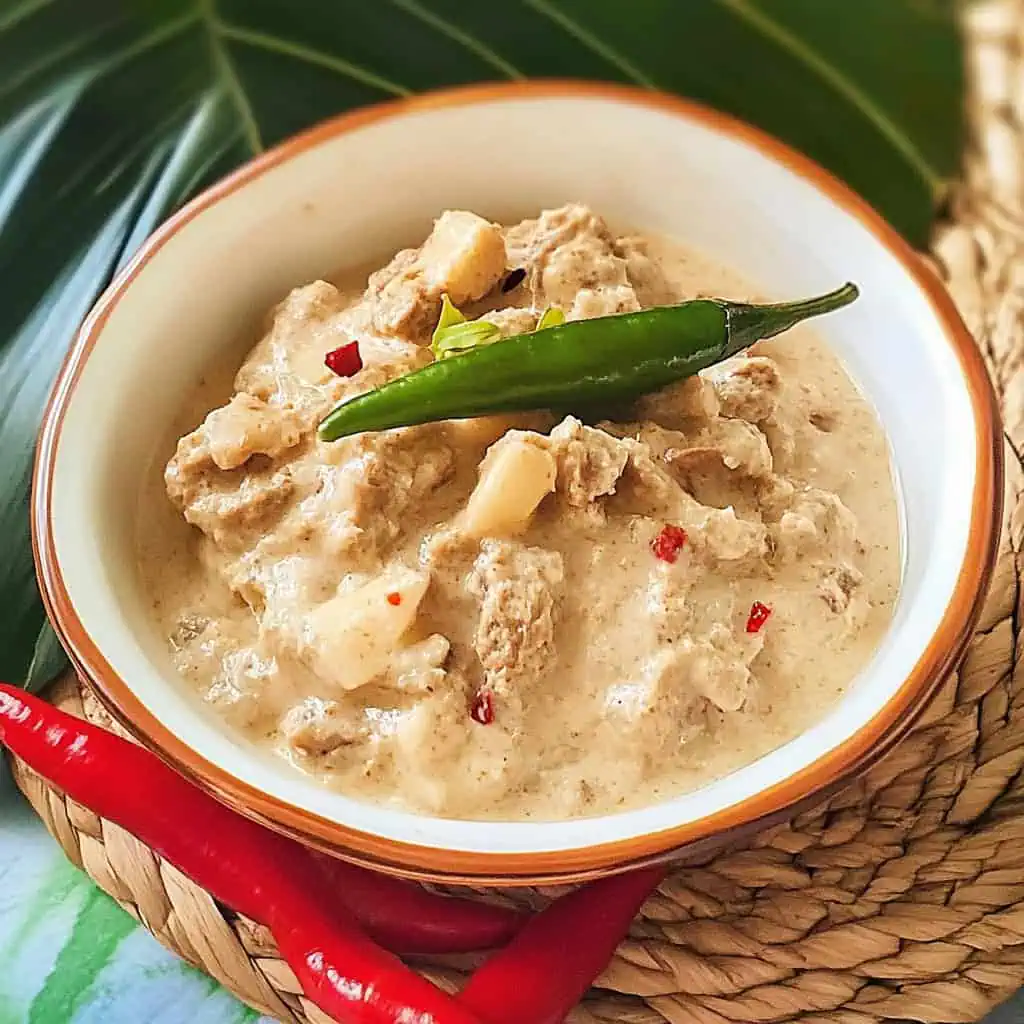
Why You'll Love This Recipe
- Perfect balance of sour, spicy, and creamy flavors (Tamang timpla ng asim, anghang, at gata)
- Uses simple, accessible ingredients
- Can be customized to your preferred spice level
- Makes great use of seasonal santol
- Comes together in under an hour
- Freezer-friendly for meal prep
Ingredients
This recipe carefully balances each ingredient to create the authentic Sinantolan experience. The santol fruit provides a unique tartness that forms the dish's foundation, while rich coconut cream smooths this acidity into velvety perfection.
Ground pork adds heartiness and savory depth, complemented by the intense umami of shrimp paste. The aromatics, garlic and onion, build essential flavor layers, while two types of chilies offer balanced heat: the milder long green peppers provide gentle warmth, and Thai chilies deliver targeted spice for those who enjoy it.
Together, these ingredients create the quintessential Filipino flavor profile: creamy, savory, tangy, and spicy all in perfect harmony.
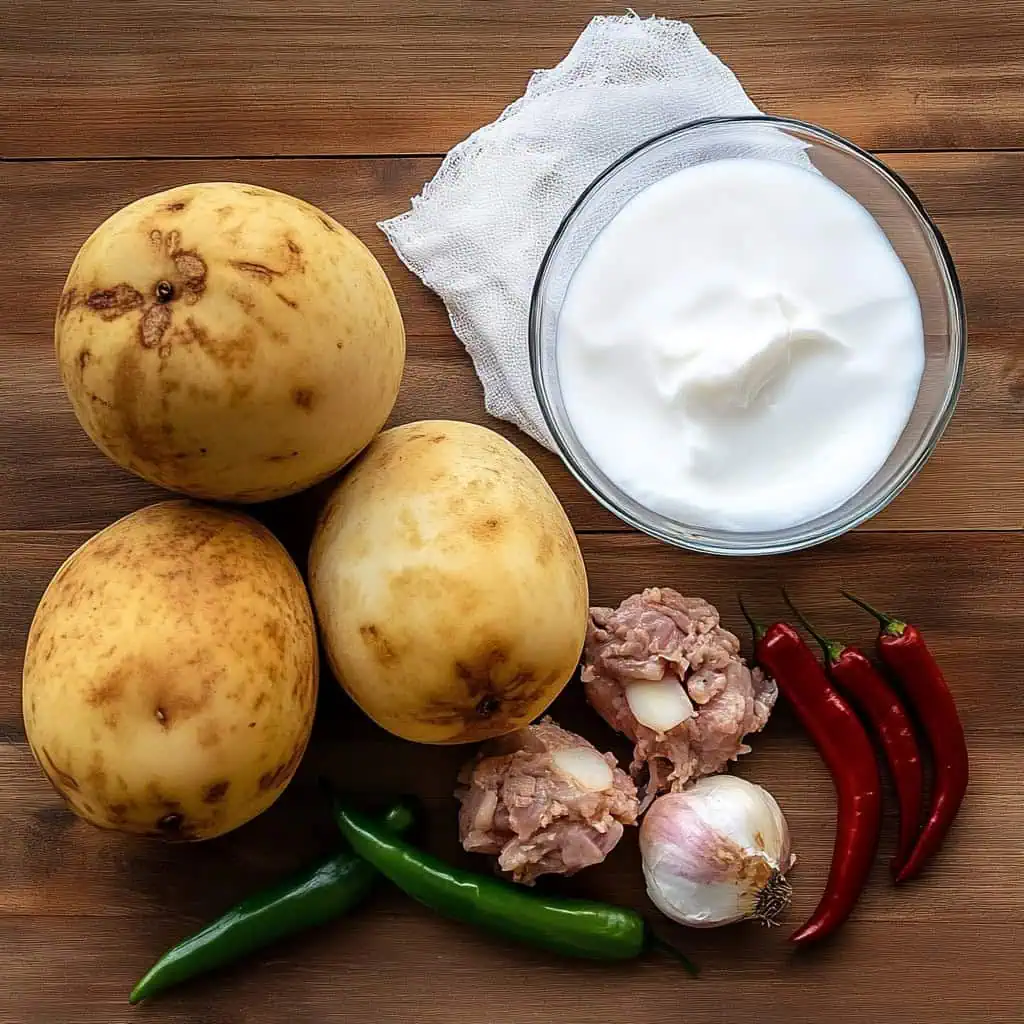
For the Base:
- 4 pieces santol (cotton fruit), ripe but firm
- 250 g ground pork
- 3 cups coconut cream (kakang gata)
- 3 tablespoons cooking oil
For the Aromatics:
- 1 medium red onion, minced
- 3 cloves garlic, crushed
- 2-3 tablespoons shrimp paste (bagoong alamang)
For the Heat:
- 2 pieces long green pepper (siling pansigang)
- 5 pieces Thai chili (siling labuyo)
Equipment Needed
- Food processor or sharp knife - For mincing the santol flesh finely
- Cheesecloth - Essential for squeezing excess juice from the santol
- Large wok or deep pan - Provides enough surface area for even cooking
- Wooden spoon - Perfect for stirring without damaging the pan
- Measuring cups and spoons - For accurate ingredient portions
- Cutting board - Provides a clean surface for preparation
- Sharp knife - For peeling and removing seeds from santol
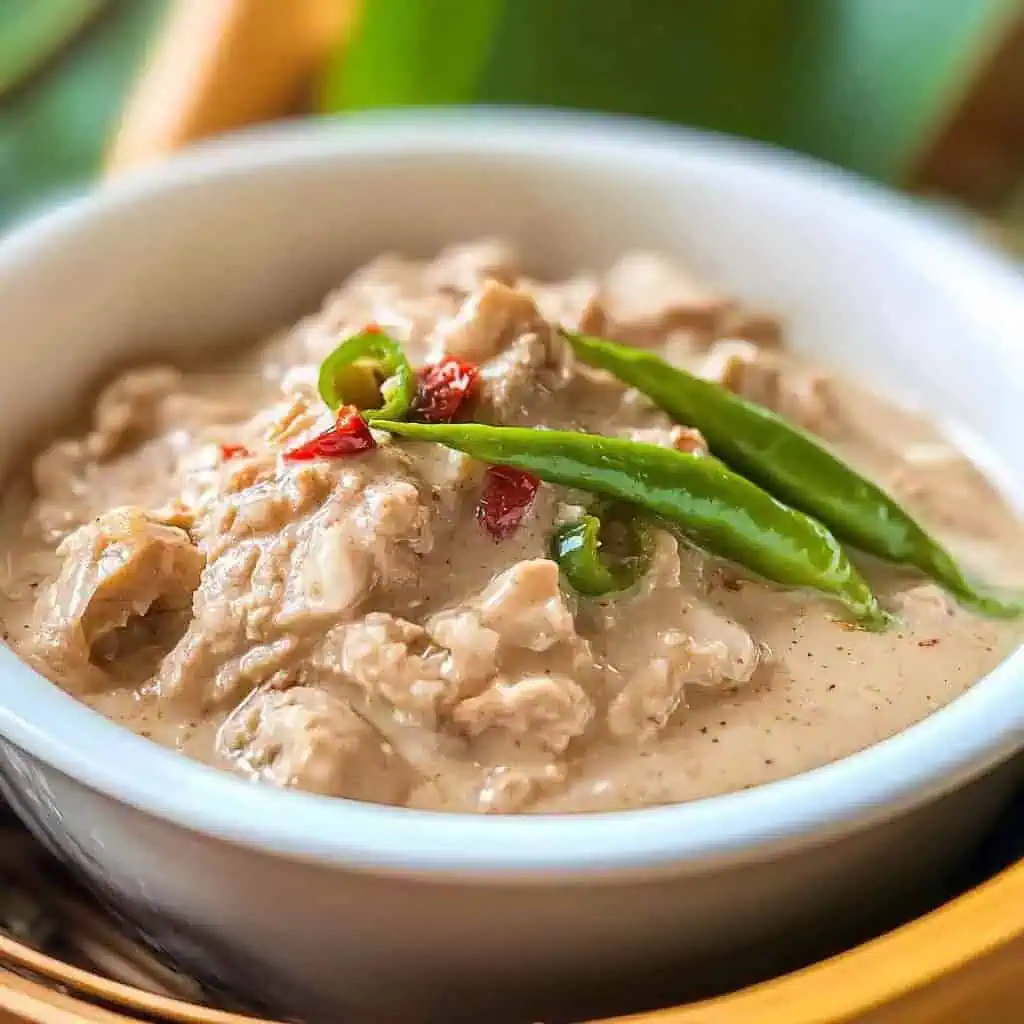
How To Make
- Begin by preparing the santol. Peel 4 ripe but firm santol fruits and remove all seeds. Finely mince the flesh using a food processor or sharp knife. Place the minced santol in a cheesecloth and squeeze firmly to remove excess liquid. This step is crucial to reduce excessive sourness.
- Heat 3 tablespoons of cooking oil in a large pan or wok over medium-high heat (350°F/175°C). Add crushed garlic and sauté until fragrant, about 1-2 minutes. Add minced red onions and cook until translucent, 3-4 minutes, stirring occasionally with a wooden spoon.
- Maintain the temperature at medium-high heat (350°F/175°C) and add 250g ground pork. Break up any lumps and cook until the meat turns light brown, about 5-7 minutes. Add 2-3 tablespoons of shrimp paste and mix well.
- Reduce heat to medium (300°F/150°C) and add the squeezed santol pulp. Cook for 3-5 minutes while stirring occasionally to incorporate all flavors. Lower the heat to medium-low (250°F/120°C) and pour in 3 cups of coconut cream. Bring the mixture to a gentle boil.
- Add the chilies (2 pieces siling pansigang and 5 pieces siling labuyo) and let the mixture simmer for 15-20 minutes until the sauce thickens and the oil begins to separate from the coconut cream. Adjust seasoning to taste.
- Let the dish rest for 10 minutes before serving to allow the flavors to meld together fully. Serve hot with steaming white rice.

Tips from Lola's Kitchen
- Choose the right santol: Select fruits that are ripe but still firm. Overripe santol will be too sour and mushy.
- Double-squeeze technique: After the first squeeze, let the santol rest for 5 minutes then squeeze again. This removes maximum bitterness.
- First-press coconut cream: For the richest flavor, use kakang gata (first-press coconut cream) rather than canned coconut milk.
- Toasting the bagoong: Dry-toast the shrimp paste for 1-2 minutes before adding it to develop deeper umami flavor.
- Temperature control: The gradual reduction in cooking temperature ensures the coconut cream doesn't curdle or separate too early.
- Resting period: Like many stews, Sinantolan tastes better after resting. The 10-minute rest allows flavors to meld.
Substitutions
- Protein options: Ground chicken or shrimp can replace pork for a lighter version.
- Coconut alternatives: Light coconut milk works for a lower-calorie version, though the dish won't be as rich.
- Heat adjustments: Bell peppers can replace Thai chilies for a milder heat that's family-friendly.
- Umami source: If bagoong alamang isn't available, fish sauce can work (start with 1 tablespoon and adjust to taste).
- Vegetarian version: Finely chopped mushrooms can replace ground pork for a meat-free option.
Troubleshooting
- Too sour: If your santol was particularly tart, add an additional ½ cup of coconut cream and 1 teaspoon of sugar to balance.
- Too thick: The dish should be creamy but not pasty. If too thick, add ¼ cup coconut milk or water and simmer briefly.
- Too spicy: Cool down the heat by adding more coconut cream and a squeeze of calamansi juice.
- Too bland: Add more bagoong alamang gradually, ½ teaspoon at a time, allowing it to incorporate before tasting again.
- Curdled sauce: If the coconut cream separates too much, lower heat immediately and stir vigorously to re-emulsify.
Storage & Reheating
- Refrigeration: Store in an airtight container for up to 3 days. The flavors actually improve overnight!
- Freezing: Portion into freezer-safe containers and freeze for up to 2 months. Thaw in the refrigerator overnight.
- Stovetop reheating: For best results, reheat gently on low heat with a splash of coconut milk to restore creaminess.
- Microwave method: Reheat on 70% power, stirring halfway through to ensure even heating without separating the sauce.
- Reviving leftovers: Add 1 tablespoon of fresh coconut cream and a pinch of chili when reheating to refresh the flavors.
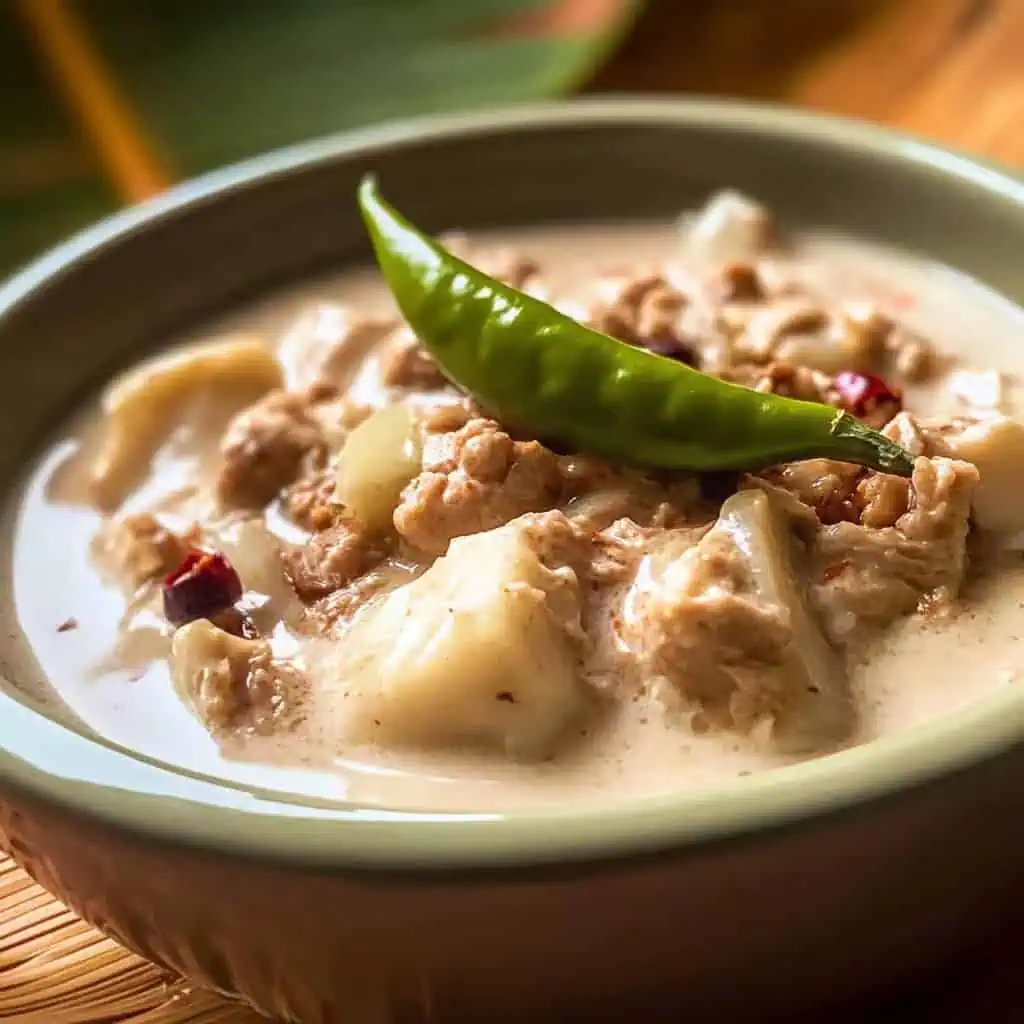
FAQ
Why must I squeeze out the santol juice?
Santol contains natural acids that can make the dish excessively sour. Squeezing removes this excess tartness and allows the fruit to better absorb the coconut cream flavors.
Can I make this less spicy for children?
Absolutely! Reduce or omit the Thai chilies while keeping the long green peppers, which provide flavor without intense heat.
How do I know when the dish is perfectly cooked?
Look for three signs: 1) oil starts to separate from the coconut cream, 2) the mixture is thick but still creamy, and 3) the santol has softened but still retains some texture.
Can I make this ahead for a party?
Yes, this dish actually tastes better the next day as flavors develop further. Prepare it up to 2 days ahead and gently reheat before serving.
What's the best way to select santol for cooking?
Choose santol that yields slightly to pressure but isn't soft. The skin should be yellowish-brown without dark spots. It should have a sweet-sour aroma when the skin is scratched.
Is this dish healthy?
While rich in coconut cream, this dish provides good fats, and the santol offers dietary fiber. For a lighter version, use lean meat and light coconut milk.
How can I tell if my bagoong alamang is still good?
Fresh bagoong should have a pinkish-brown color and a strong but not overly pungent smell. If it has darkened significantly or smells off, it's best to replace it.
Can I use fully ripe, soft santol?
It's not ideal, as very ripe santol becomes too soft when cooked. Stick with ripe but firm fruit for the best texture and balanced sourness.
Related
Looking for other recipes like this? Try these:

Ginataang Santol (Sinantolan)
Equipment
- Food processor or sharp knife (for mincing santol)
- Cheesecloth (panghugot ng katas ng santol)
- Large Wok or Deep Pan (kawali)
- Wooden spoon (pangkayod)
- Measuring cups and spoons (Panukat)
- Cutting board (Sangkalan)
- Sharp knife (kutsilyo)
Ingredients
For the Base
- 4 pieces santol cotton fruit, ripe but firm
- 250 g ground pork giniling na baboy
- 3 cups coconut cream kakang gata
- 3 tablespoons cooking oil
For the Aromatics
- 1 medium red onion minced (sibuyas)
- 3 cloves garlic crushed (bawang)
- 2-3 tablespoons shrimp paste bagoong alamang
For the Heat
- 2 pieces long green pepper siling pansigang
- 5 pieces Thai chili siling labuyo
Instructions
- Begin by preparing the santol. Peel 4 ripe but firm santol fruits and remove all seeds (tanggalin ang balat at buto). Finely mince the flesh using a food processor or sharp knife (kutsilyo). Place the minced santol in a cheesecloth and squeeze firmly to remove excess liquid (pigain ang katas). This step is crucial to reduce excessive sourness.
- Heat 3 tablespoons of cooking oil in a large pan or wok (kawali) over medium-high heat (350°F/175°C). Add crushed garlic (bawang) and sauté until fragrant, about 1-2 minutes. Add minced red onions (sibuyas) and cook until translucent, 3-4 minutes, stirring occasionally with a wooden spoon.
- Maintain the temperature at medium-high heat (350°F/175°C) and add 250g ground pork (giniling na baboy). Break up any lumps and cook until the meat turns light brown, about 5-7 minutes. Add 2-3 tablespoons of shrimp paste (bagoong alamang) and mix well.
- Reduce heat to medium (300°F/150°C) and add the squeezed santol pulp. Cook for 3-5 minutes while stirring occasionally to incorporate all flavors. Lower the heat to medium-low (250°F/120°C) and pour in 3 cups of coconut cream (kakang gata). Bring the mixture to a gentle boil.
- Add the chilies (2 pieces siling pansigang and 5 pieces siling labuyo) and let the mixture simmer for 15-20 minutes until the sauce thickens and the oil begins to separate from the coconut cream. Adjust seasoning to taste.
- Let the dish rest for 10 minutes before serving to allow the flavors to meld together fully. Serve hot with steaming white rice (mainit na kanin). The dish can be stored in an airtight container in the refrigerator for up to 3 days, or frozen for up to 2 months.
Tips from Lola's Kitchen
- Choose santol that's ripe but still firm for best results
- Double-squeeze the santol to remove maximum bitterness
- Use kakang gata (first press coconut cream) for richest flavor
- Toast the bagoong alamang before adding for deeper flavor
- Let the dish rest for 10 minutes before serving to allow flavors to meld
Nutrition
The Story Behind Ginataang Santol
In the lush provinces of Southern Luzon, particularly in regions like Quezon and Bicol where santol trees flourish abundantly, Ginataang Santol (Sinantolan) emerged as a testament to Filipino culinary ingenuity. This unique dish was born from our ancestors' resourceful spirit, turning the typically snack fruit santol (cotton fruit) into a hearty, flavorful main dish that would make the most of the fruit's abundant harvest season.
What makes this dish particularly special is its roots in Philippine provincial cooking, where coconut milk (gata) is a staple ingredient. The combination wasn't merely coincidental – our forebears discovered that the rich, creamy coconut milk perfectly balanced the santol's natural tartness. Adding bagoong alamang (shrimp paste) and siling labuyo (bird's eye chilies), common ingredients in Filipino household kitchens, transformed this humble fruit into a complex, satisfying dish that would become a cherished recipe passed down through generations.
Today, Sinantolan remains a beloved dish in many Filipino homes, especially during the santol season from July to September. While some regions prepare it purely with the fruit and coconut milk, others, like this version, include ground pork for added flavor and substance. The dish perfectly exemplifies the Filipino palate's love for creamy, spicy, and sour flavors all in one bite – a combination that makes our cuisine distinctly unique.
This recipe has evolved over time, with each family adding their own twist, but the core preparation method remains the same: carefully extracting the fruit's tartness before cooking it in creamy coconut milk. Whether served in humble provincial homes or featured in modern Filipino restaurants, Ginataang Santol stands as a delicious reminder of our culture's ability to transform simple ingredients into extraordinary dishes.
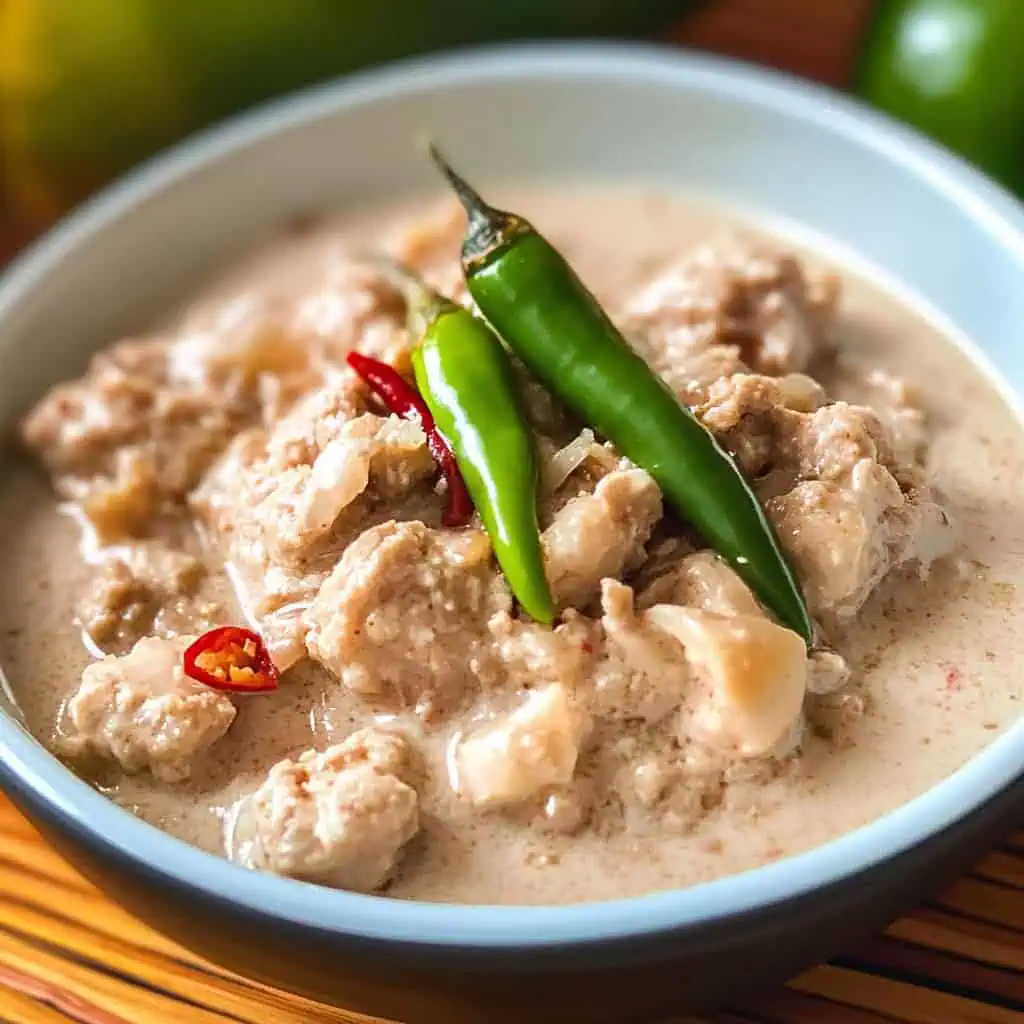





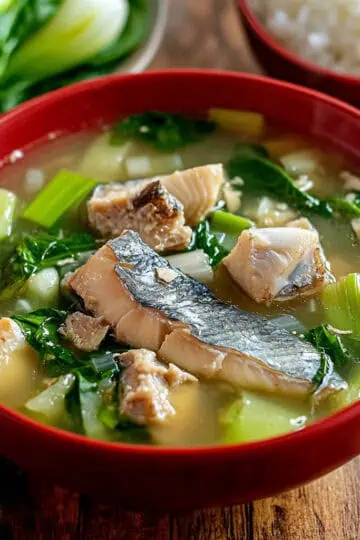
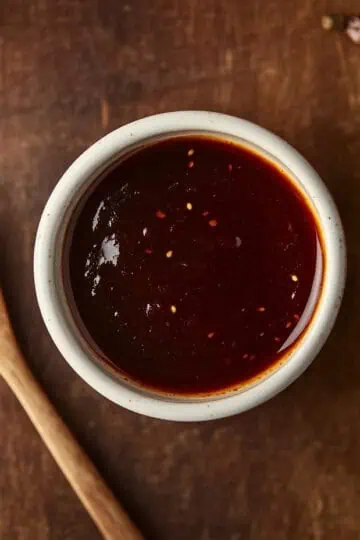

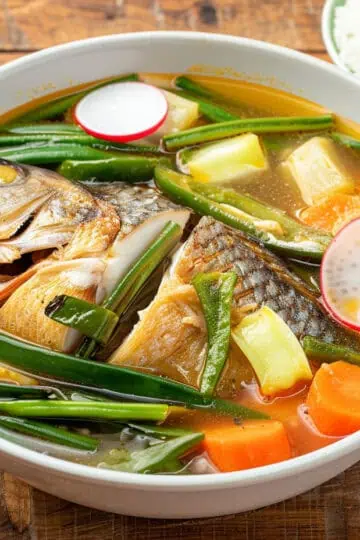
Comments
No Comments